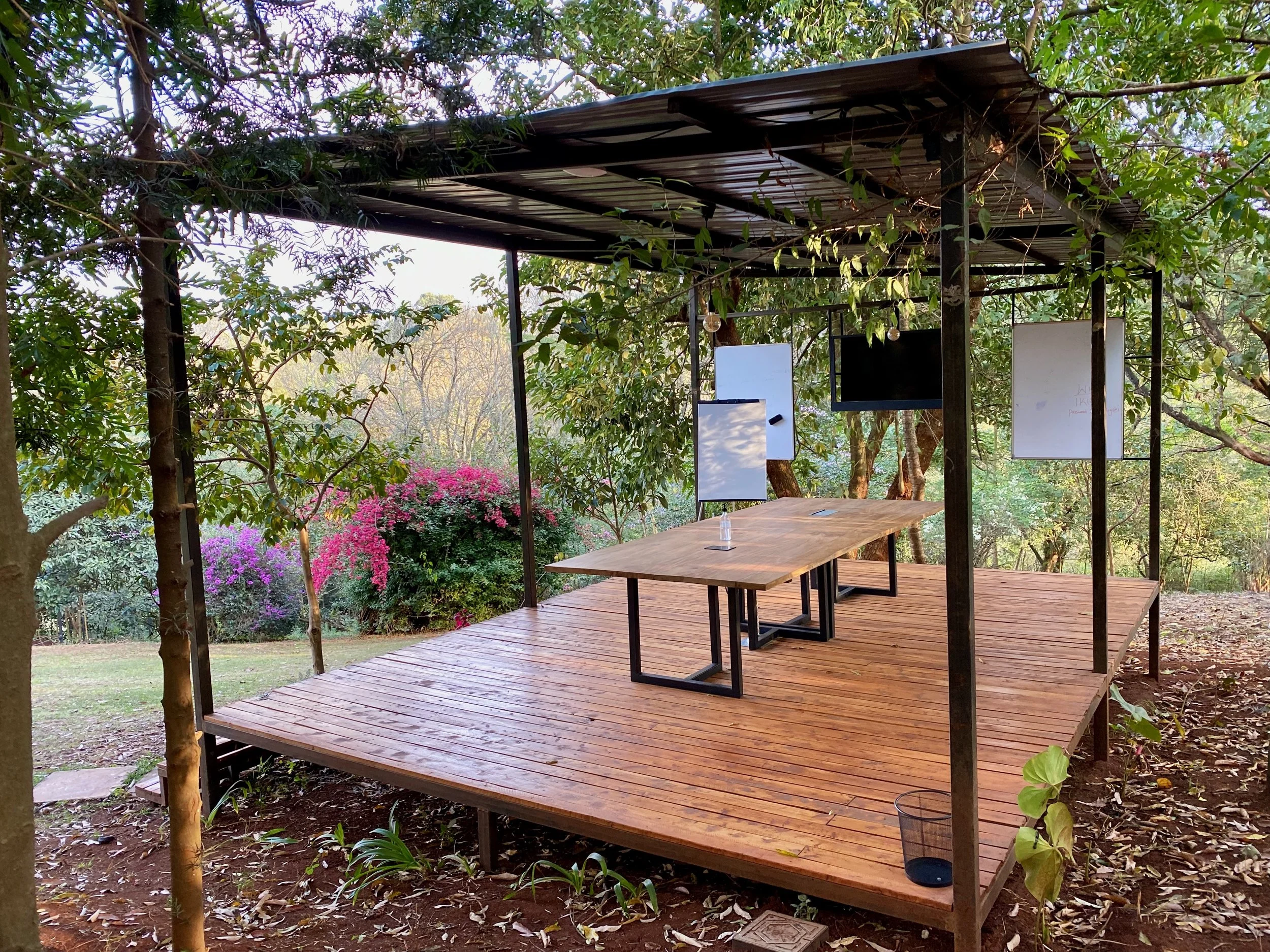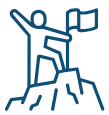I apply strengths-based methodologies to facilitate positive change. Here’s what emerges in the process:
Provocative
Questions
This approach is as simple as asking the right questions. Rather than unpacking problems and needs, as most are in the habit of working, I frame inquiry to understand what is already working.
Surprising
Ideas
Unconventional questions encourage story-telling and positive reflection, surfacing new ways of thinking and analyzing complexity. New ideas emerge that pave the way for unexpected possibilities.
Promising Opportunities
Past and present successes serve as the foundation for the future, leveraging assets to envision innovative solutions. Creativity is maximized as dreaming meets reality, imagining the best way forward.
Transformative Outcomes
Complexity is no longer seen as a problem to solve, but an opportunity to embrace; practical strategies develop to more effectively usher in a better future, using the tools already existing in our toolkit.
Strengths-based methodologies can apply to
research and analysis, training and facilitation, and collaboration.
My Approach to Appreciative Inquiry
Appreciative Inquiry is a well-known framework for approaching complex issues through a strengths-based lens. My approach to Appreciative Inquiry follows the “4-D Cycle” below, with real-time applications to the fields of global health, violence prevention, and systems thinking. Clients have benefited from my facilitated approach in organizational strategy, community engagement, program intervention, and policy change.
1. Discovery
We begin by highlighting—through story telling, personal interviews, and small group discussions—positive elements of the initiative or entity of focus. In this phase, we give value to those elements which are functioning well and life-giving to the organization, team, or community. Questions that promote learning and engaging are welcome. Examples may include shared stories that document high point experiences, acknowledged successes, and observed impact.
2. Dream
Next, participants—whether research subjects, workshop participants, or community members—step out of their logical “left brain” and into the creative “right brain” to envision the best possible future for the group or effort. In this phase, anything is possible and no idea is too big. Questions to begin the collective imagining process may include the following: Imagine everything is working as it should…what does that look and feel like? Where do we wish to be in the future?
3. Design
Leveraging the strengths that surfaced in Discovery, participants begin the strategy development process to bridge this gap between Discovery and Dream, the best possible future. In this phase, participants begin to co-construct the future by generating preliminary action points that draw on current successes to achieve the desired future. A variety of exercises and approaches may be applied to this phase, including mapping, proposition statements, and action plan development.
4. Destiny
Destiny is the actual implementation of Design, whereby participants commit to carrying forward the agreed upon organizational strategy, community engagement, programmatic intervention, or policy change. The vision becomes reality, and efforts proposed are more than good ideas—they have become embedded truths to promote transformative change in the team or community. Ideally, Destiny feeds back into Discovery through a continual, cyclical process that begins again.







